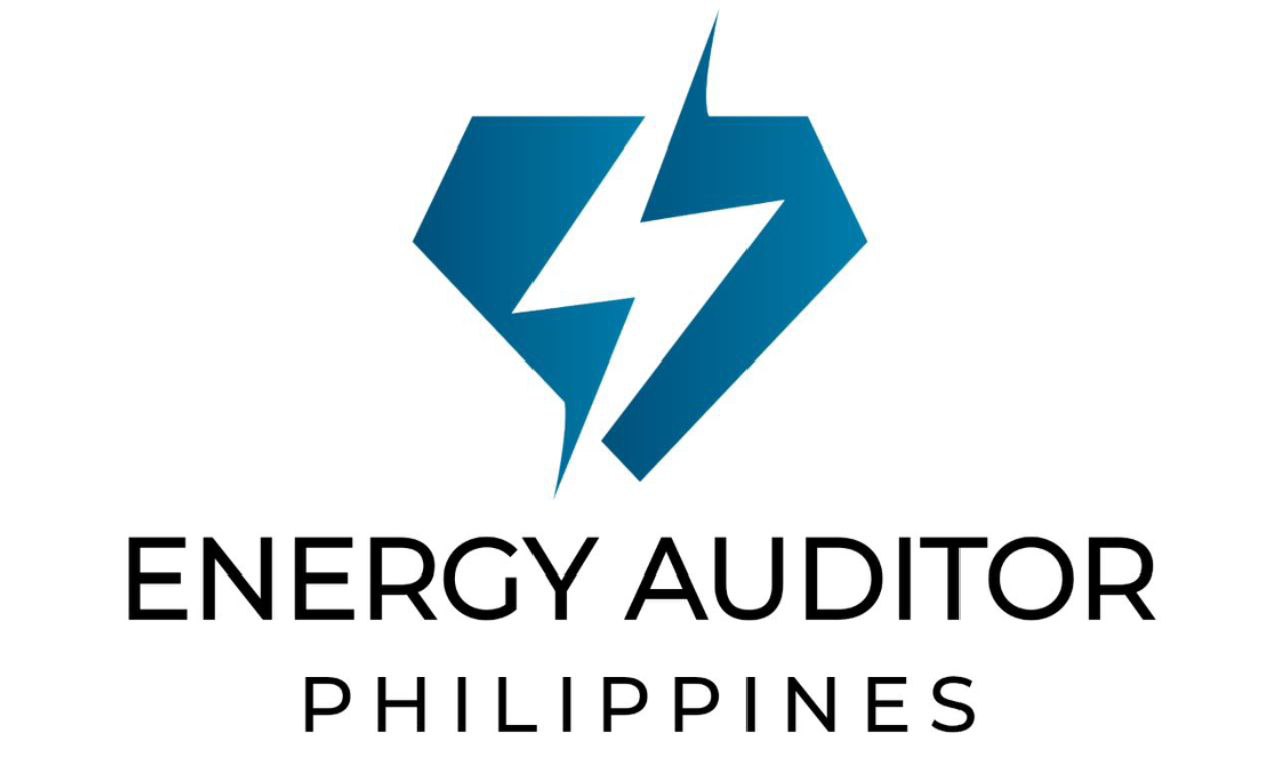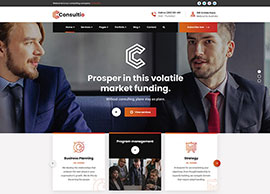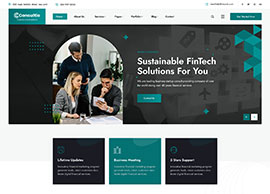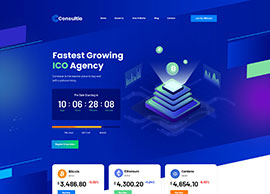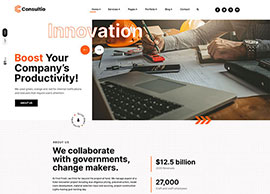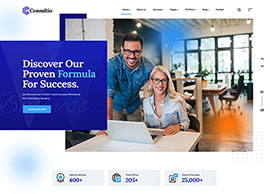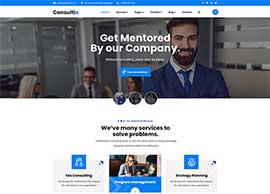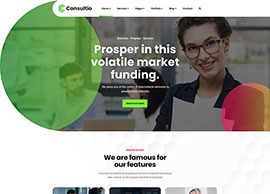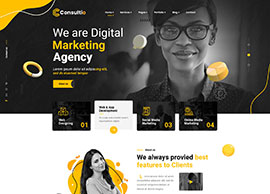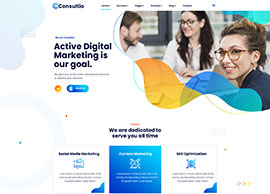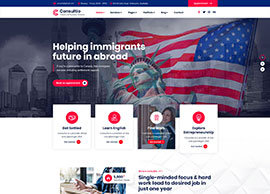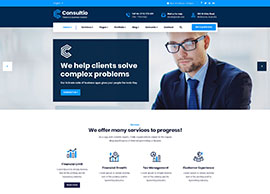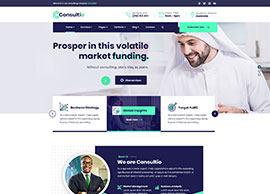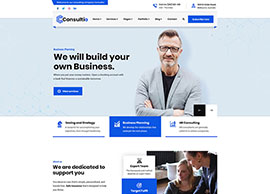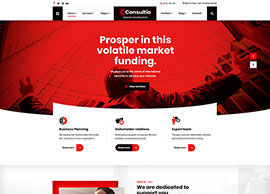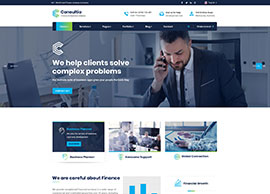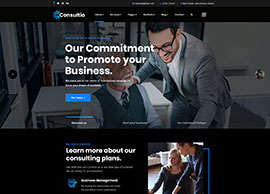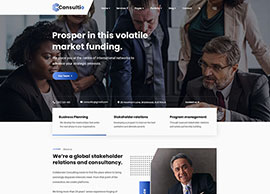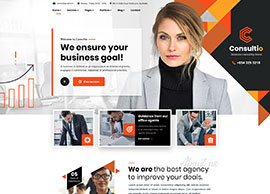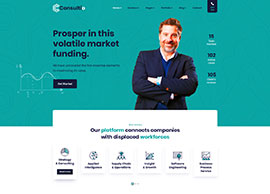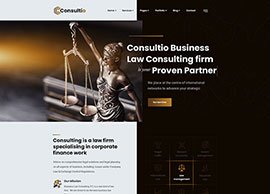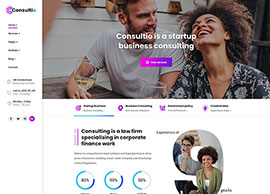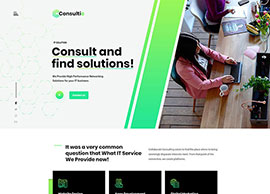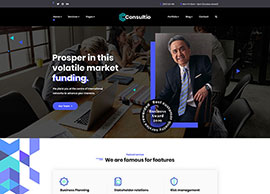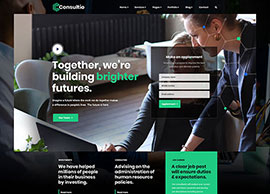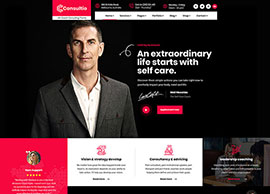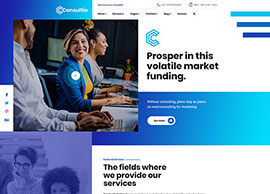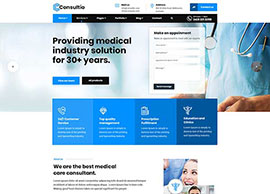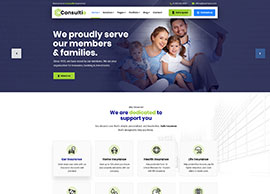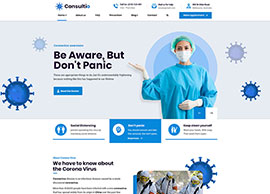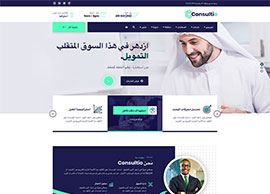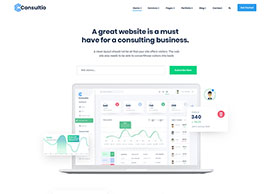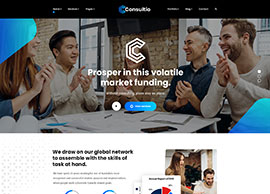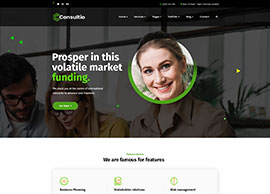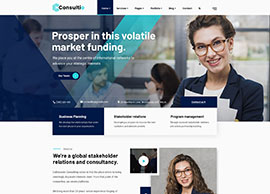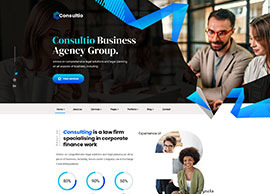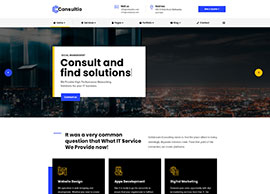Energy efficiency is a growing priority for businesses in the Philippines, especially with the updated typology thresholds for Designated Establishments (DEs) under Republic Act No. 11285 (RA11285), or the Energy Efficiency and Conservation Act. These new thresholds redefine how businesses are classified based on their annual energy consumption and set specific compliance requirements for each category. This article breaks down the new typology thresholds and their implications for businesses.
What Are Typology Thresholds?
Typology thresholds categorize establishments based on their annual energy consumption, which is measured in kilowatt-hours (kWh) or equivalent energy units. These classifications determine the level of compliance obligations under the Energy Efficiency and Conservation Act.
The revised thresholds aim to expand the coverage of establishments, ensuring that even smaller energy users contribute to the country’s energy efficiency goals. The typology system comprises three main categories:
- Type 1: Establishments with lower energy consumption levels.
- Type 2: Establishments with moderate energy consumption levels.
- Type 3: Establishments with the highest energy consumption levels.
Key Updates in Typology Thresholds
- Lower Entry Point
The new thresholds reduce the minimum annual energy consumption required for an establishment to be classified as a DE. This means that smaller businesses may now fall under the scope of RA11285. - Dynamic Typology Changes
Establishments can shift typologies (upgrading or downgrading) based on their annual energy consumption reports (AEECR and AEUR). This dynamic classification ensures that energy efficiency measures scale with an establishment’s operational growth or contraction. - Expanded Data Collection
By lowering thresholds, the Department of Energy (DOE) collects more granular data across industries. This data helps refine policies and set realistic energy efficiency benchmarks.
What It Means for Compliance
The revised thresholds impact businesses in several ways:
- Increased Obligations for Smaller Entities
Businesses previously exempt from RA11285 compliance may now need to adhere to its requirements, such as:- Submission of energy consumption and efficiency reports.
- Conducting energy audits.
- Appointing certified Energy Efficiency (EE) Practitioners.
- Typology-Based Requirements
Compliance obligations vary by typology:- Type 1 DEs may have fewer reporting and audit requirements compared to Types 2 and 3.
- Type 3 DEs must implement advanced energy management systems (e.g., ISO 50001) and submit comprehensive audit reports.
- Opportunities for Optimization
Businesses can leverage their compliance efforts to improve energy efficiency, reduce costs, and boost their sustainability credentials.
How to Stay Ahead of Compliance
- Monitor Energy Consumption
Regularly track and document energy usage to understand your establishment’s typology and prepare for reporting obligations. - Engage Certified EE Practitioners
These experts help businesses design, implement, and maintain energy efficiency strategies that align with RA11285 requirements. - Utilize DOE’s Online Portal
The DOE provides an online platform for submitting required reports, ensuring streamlined compliance for DEs. - Plan for Typology Transitions
Prepare for potential shifts in your typology by proactively adopting measures to meet the obligations of a higher category, should your energy consumption increase.
The updated typology thresholds under RA11285 underscore the government’s commitment to a more energy-efficient future. For businesses, these changes present both challenges and opportunities. Compliance with the new thresholds is not just a legal obligation but also a strategic move toward reducing energy costs, enhancing operational efficiency, and contributing to the nation’s sustainability goals.
By understanding and adapting to these new thresholds, businesses can position themselves as leaders in energy efficiency, driving both environmental and economic benefits.



